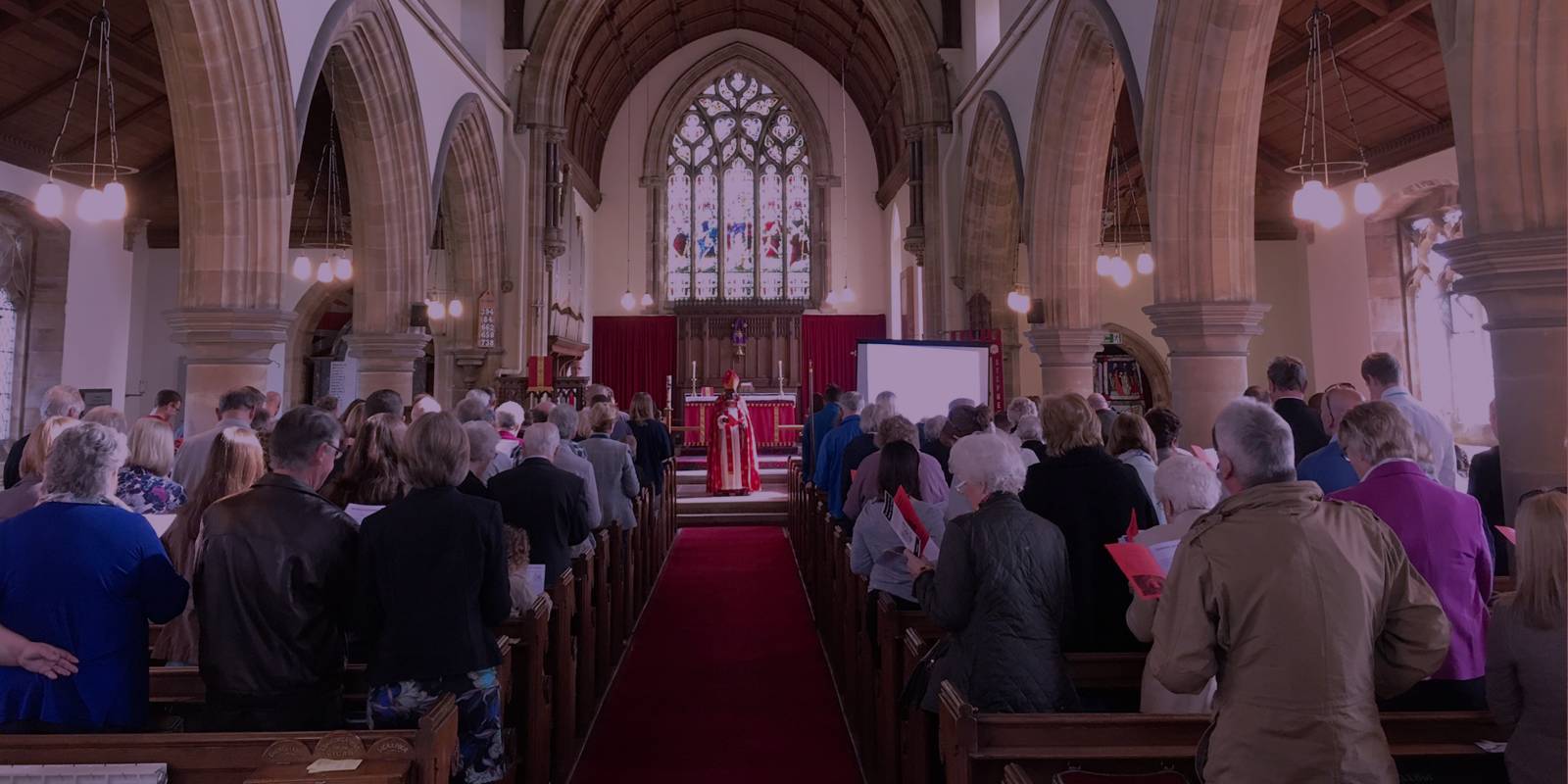Churches and faith-based organizations often face financial challenges when planning expansions, renovations, or new construction projects. Whether it’s building a new sanctuary, upgrading facilities, or refinancing existing debt, securing the right loan is crucial. However, church lending differs significantly from traditional business or personal loans. Understanding the key considerations can help your faith community make informed financial decisions that align with your mission and long-term goals.
1. Understanding Church Loans
Unlike conventional loans, church loans are specifically designed for religious institutions. Lenders evaluate churches based on their financial stability, membership strength, and repayment capacity rather than traditional collateral. Common types of church lending include:
- Construction Loans – For building new facilities or major renovations.
- Mortgage Loans – For purchasing property or refinancing existing debt.
- Bridge Loans – Short-term financing to cover immediate needs.
- Line of Credit – Flexible funding for ongoing expenses.
Since churches are nonprofit entities, they must work with lenders experienced in faith-based financing to secure favorable terms.
2. Assessing Your Church’s Financial Health
Before applying for a loan, church leaders should conduct a thorough financial assessment. Key factors lenders consider include:
- Weekly/Monthly Offerings – Consistent giving demonstrates repayment ability.
- Debt-to-Income Ratio – Lenders prefer churches with manageable existing debt.
- Reserves & Savings – A healthy cash reserve improves loan approval chances.
- Membership Growth – A growing congregation indicates long-term sustainability.
Preparing detailed financial statements, budgets, and giving trends will strengthen your loan application.
3. Choosing the Right Lender
Not all lenders specialize in church financing. It’s important to work with institutions that understand the unique needs of faith-based organizations. Options include:
- Denominational Lending Agencies – Many religious denominations offer low-interest loans to affiliated churches.
- Christian Credit Unions & Banks – These lenders often provide tailored loan products for churches.
- Nonprofit Lenders – Some organizations focus exclusively on church and ministry financing.
Compare interest rates, repayment terms, and fees before committing to a lender.
4. Preparing a Strong Loan Application
A well-prepared loan application increases approval odds. Essential documents include:
- Financial Statements – Balance sheets, income statements, and cash flow reports.
- Ministry Plan – Explain how the loan will support your church’s mission.
- Repayment Strategy – Outline how the church will meet loan obligations (e.g., increased giving campaigns, fundraising).
- Property Appraisal – Required if using real estate as collateral.
Transparency and a clear vision will instill confidence in lenders.
5. Exploring Alternative Funding Options
If traditional loans are not feasible, churches can consider alternative funding methods:
- Capital Campaigns – Encourage members to contribute toward a specific project.
- Grants & Donations – Seek funding from religious foundations or philanthropists.
- Lease Financing – Rent equipment or property instead of purchasing outright.
A combination of loans and fundraising can reduce financial strain.
6. Managing Debt Responsibly
Taking on debt is a major decision that requires careful stewardship. Church leaders should:
- Avoid Overborrowing – Borrow only what is necessary and sustainable.
- Monitor Cash Flow – Ensure regular income covers loan payments.
- Communicate with Congregation – Keep members informed about financial decisions to maintain trust.
Conclusion
Church lending can be a powerful tool for growth and ministry expansion when approached wisely. By understanding loan options, assessing financial health, choosing the right lender, and managing debt responsibly, your faith community can make sound financial decisions that support its mission for years to come.
